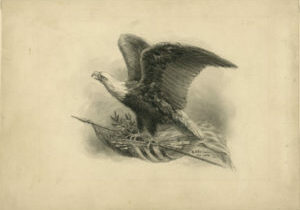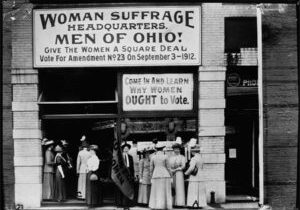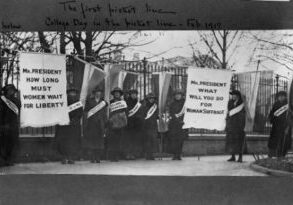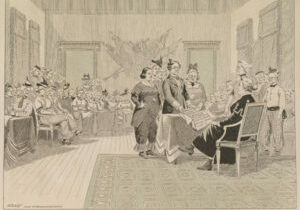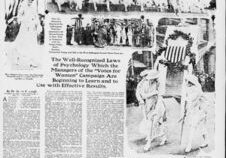Lesson Plans
Predicting & Inferring About Woman Suffrage
Link non-fiction literature with primary sources to build background knowledge of what it was like to be a suffragist and discover how women persistently fought for over 100 years until they were granted the right to vote. After, ask students to share a time when they showed persistence.
Around America to Win the Vote
Pair the picture book, Around America to Win the Vote, with primary sources to have students practice research skills, evaluate sources, and deepen understanding of voting rights, in general, and woman suffrage, in particular. After, students can consider the pros/cons of lowering the voting age to 16.
Science & the Suffragettes
Students evaluate historical claims and the evidence to support them and consider their applicability to today.


